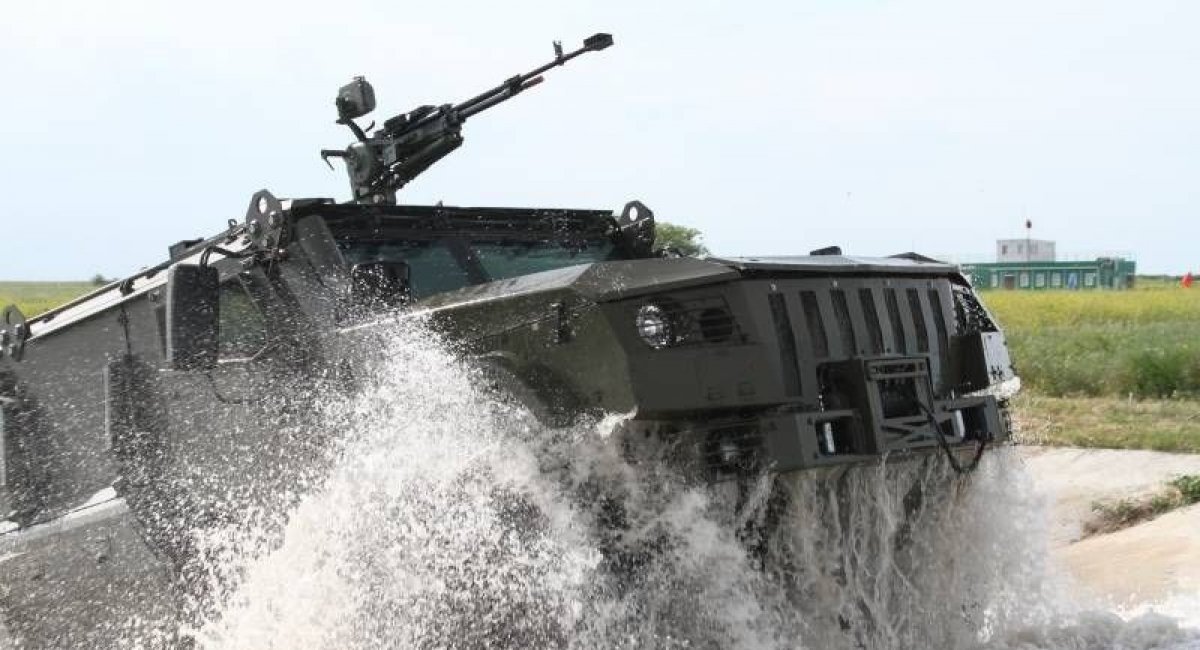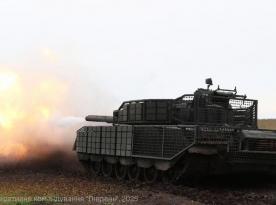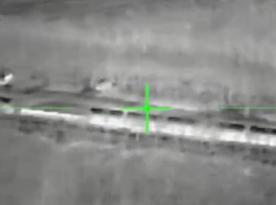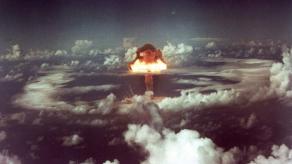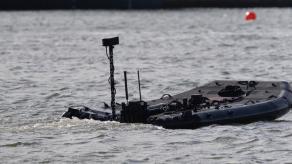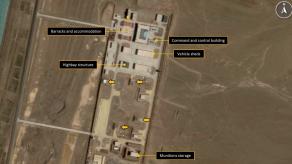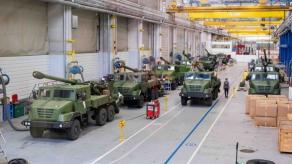russian Typhoon-PVO vehicle underwent serial testing last year and has now moved into the category of serial production. This statement was recently made by Fanil Ziyatdinov, CEO of the JSC Izhevsk Electromechanical Plant (part of the JSC Concern VKO Almaz-Antey), who said that the production of Typhoon-PVO will allow to increase the capacity utilization of the enterprise.
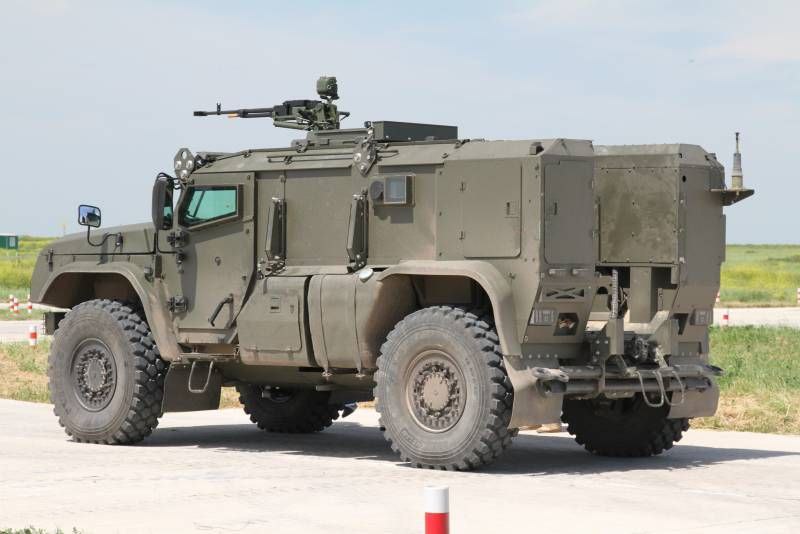
After that, Major General Vladimir Popov stated that this vehicle would be in demand in russian army, taking its place between conventional air defense systems and the Pantsir family. He emphasized that it would be "necessary for the military component on the front line with the enemy."
Read more: russia Brings Drones to Uzbekistan, Which Already Operates TB2s, Wing Loong 1, and Domestic UAVs
Popov later said that Typhoon-PVO would be effective primarily against drones, and will be used to cover specific areas or facilities such as oil refineries, gas generation facilities, railway stations, and large bridges, which contradicts the previous statement about its use directly on the front line.
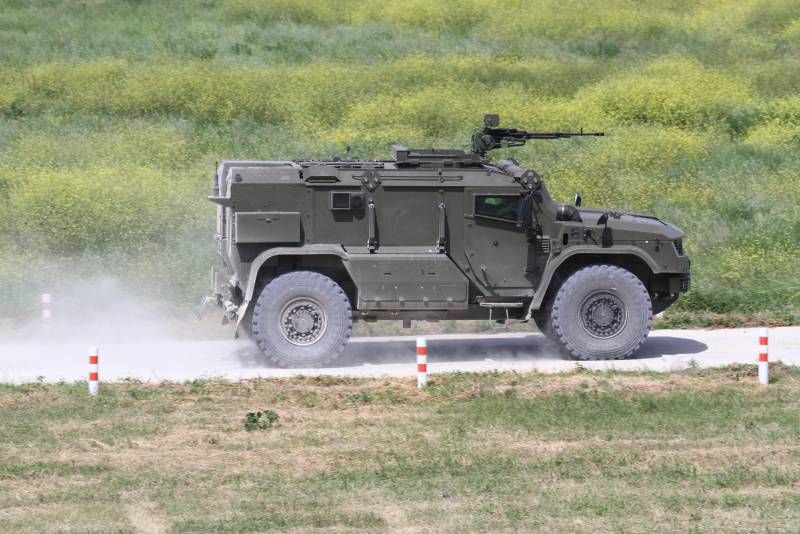
In any case, Typhoon-PVO is primarily designed to cover troops and provides protection against armor-piercing bullets and mine explosions.
The vehicle features two hatches: one for the machine gunner, with a roof-mounted turret designed for Kord machine guns, and another for the operator of portable air defense missile systems.
It is claimed that the vehicle can fire while moving at speeds of up to 20 km/h in order to provide air defense coverage for troops on the move.
Earlier, Defense Express reported that the Armed Forces of Ukraine had protected Caesar self-propelled howitzers from drones.
Read more: russia's Production of Artillery Barrels Depends on Austrian GFM Machines, Which Have Been in Use Since the 1970s




